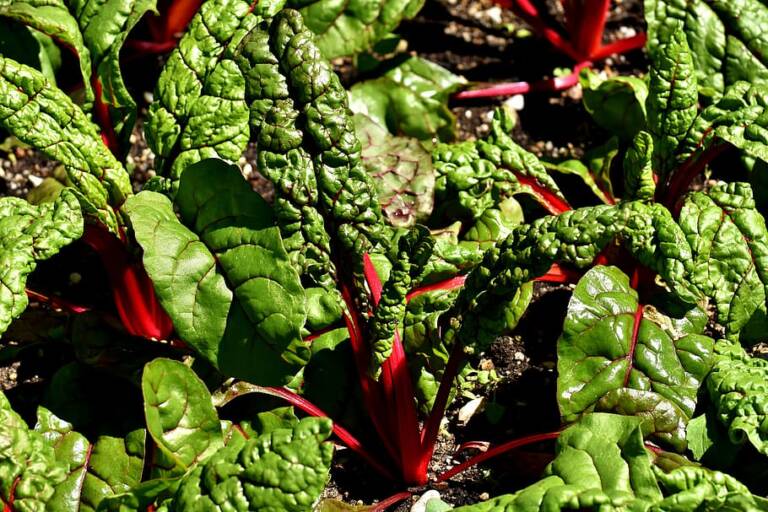Project Report For Swiss Chard Farming
Introduction
Project report for swiss chard farming is as follows.
Swiss chard is a leafy green vegetable that is part of the beet family. It is known for its large, dark green leaves and thick, colorful stems. Swiss chard is a hardy and versatile crop that can be grown in a variety of climates and soil types.
Farming Swiss chard begins with selecting the appropriate variety for the growing region and season. Swiss chard can be grown as a spring or fall crop, with seedlings typically being started indoors and then transplanted outside after the last frost. The soil should be well-drained and rich in organic matter. Swiss chard prefers a slightly acidic soil with a pH between 6.0 and 6.8.

Swiss chard is a heavy feeder and requires regular fertilization. A balanced fertilizer can be applied before planting and then every 4-6 weeks during the growing season. Some farmers also use compost or well-rotted manure to provide additional nutrients to the soil.
Swiss chard is a hardy crop and can tolerate some frost, but should be protected from extreme cold. The crop should be watered regularly to keep the soil consistently moist, but not waterlogged. Swiss chard is also susceptible to pests and diseases, such as aphids, leaf miners, and powdery mildew. To prevent these issues, farmers may use row covers or organic pesticides.
Project Report Sample On
Swiss Chard Farming
Get Completely Custom Bankable Project Report
Swiss chard is a healthy and nutritious vegetable that can be enjoyed in a variety of dishes, from salads and sandwiches to soups and pasta. It is a popular crop among home gardeners and small farmers, as it is easy to grow and can be harvested over an extended period. Swiss chard is also a good crop for sustainable farming practices as it is easy to grow and can be rotated with other crops to maintain soil health.
Market Potential Of Swiss Chard Farming
According to the USDA, In the year 2021, The U.S. had grown Swiss chard on about 11,000 acres, with a total production of about 42 million pounds, and a farm value of $23.9 million.
In Europe, The EU is the largest producer of Swiss chard, with countries like Italy, Spain, and France being the leading producers. The Swiss Chard production in Europe is mainly focused on the Mediterranean region, but it is also grown in other parts of the continent.
In the global market, Swiss chard is mainly supplied to supermarkets and grocery stores. However, there is a growing demand for Swiss chard in the food service industry, including restaurants, catering companies, and food processors.
Overall, The market size of Swiss chard farming is relatively small compared to other leafy greens but it is growing as the demand for leafy greens and organic produce increases. The market is expected to continue growing in the coming years, driven by the growing health consciousness of consumers and the increasing popularity of Swiss chard as a versatile and nutritious ingredient.
